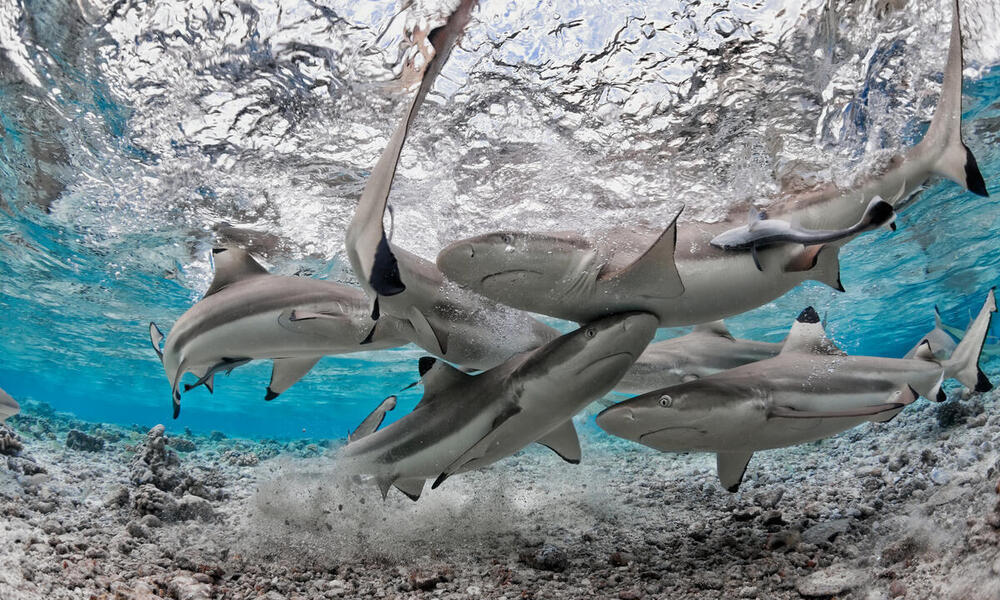“The alarm bells could not be ringing louder for sharks and rays,” said Dr. Andy Cornish, leader of WWF’s global shark and ray conservation program. “We are on the cusp of starting to lose this ancient group of creatures, species by species right here, right now. Starting now, we need far greater action by governments to limit fishing and bring these functionally important animals back from the brink.”
While the governments in shark-catching countries and regional fisheries management bodies have largely moved in the right direction to address overfishing over the past decade, they typically fall short of implementing measures to directly control the amount of fishing, such as through catch limits. The end result? Sharks and rays are now the second-most threatened vertebrate group on the planet.
“At the national level, fisheries and environmental authorities need to work together to stop overfishing and halt further declines,” Cornish said. “This is a pivotal moment in time. If we act now, we still have a good chance to save these predators that play such an important role in ocean health. However, if the status quo continues with slow incremental improvements in management, nobody should be surprised when shark and ray species start disappearing on our watch.”
The most endangered sharks and rays will need recovery plans that reduce accidental death or entanglement in fishing gear to as close to zero as possible.
For those species that can still sustain fishing, well-enforced science-based catch limits can prevent declines and even lead to recoveries. Where catch limits are not feasible, protecting critical habitats for sharks and rays and reducing accidental death or entanglement in fishing gear can curb overfishing.

